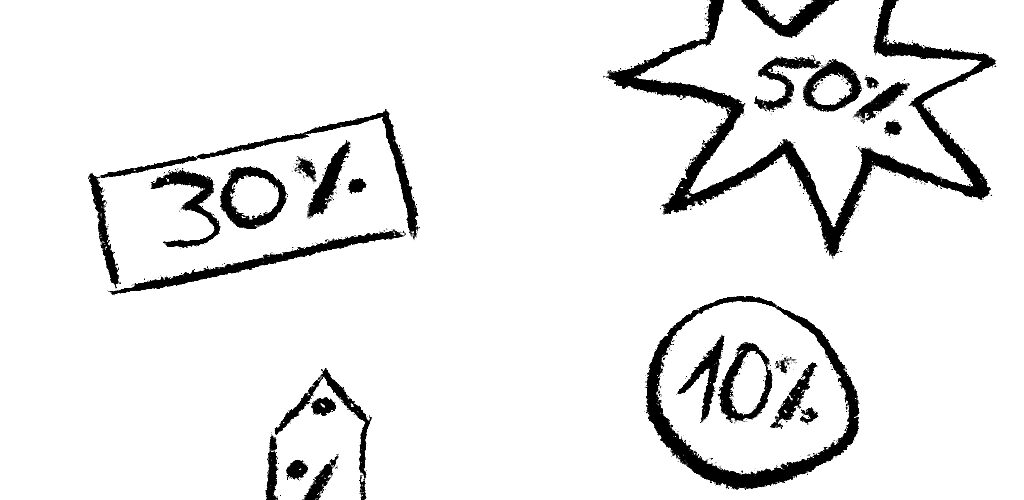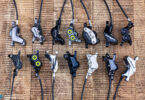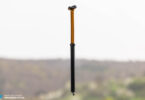Bikes have become damn expensive in recent years, long since breaching the € 15,000 mark. And suddenly, one brand after the other have started offering big discounts. Hey, bike industry, what’s up? We found out why the prices are dropping and whether now is the time to strike.
Those of you who haven’t been living under a rock like Patrick Star may have noticed that buying a bike hasn’t been easy during the last couple of years. Prices have gone through the roof and people have been grappling to get their hands on one of the few bikes in stock. Supply and demand were about as incoherent as an out of sync children’s choir. We’ve already looked at what this meant for you and the industry in a detailed article. Suddenly, however, we’re being bombarded with newsletters announcing discounts while websites are covered in percentage signs. How can that be? Weren’t we having trouble with a shortage of stock? But it’s true, almost all brands are dropping their prices. And not just by a little: some are offering discounts of up to 30%! We will explain why and tell you if now is the perfect time to buy your dream bike.
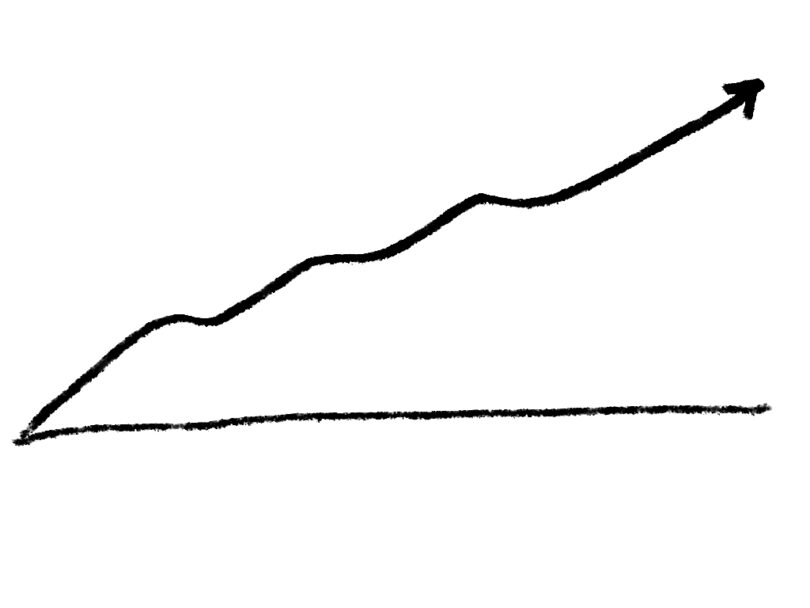
One price increase after the other – What pushed prices so high?
In our article “Caviar and Kashima – When will mountain bikes breach the € 20,000 mark?” we discussed how and why bike prices are changing. The pricing developments over the past few years are important to understand if you want to understand why they’re coming back down, which is why we’ll give you a short summary of what was said in that article.
Bikes have gradually become more expensive in recent years – even before the fatal bat virus made the rounds. The reasons for this are manifold, and not necessarily bad for us bikers. First and foremost, it’s because bikes just keep getting better! If you compare the bikes of today with the bikes of 10 years ago, nobody would really want to go back. Dropper posts, (wireless) 12-speed drivetrains, more integration, lightweight construction, bigger eMTB batteries, and lighter eMTB motors are all things that are indispensable for modern mountain bikes. However, these sometimes very complex innovations cost money to develop, therefore making bicycles more expensive.
In addition, increasingly complex components and connectivity solutions must be developed by super smart engineers and programmers. However, these professionals aren’t just in demand in the bike industry, but are also sought after in the automotive industry, for example. To prevent the competition from snatching away their employees, many bike companies had to give their developers a generous pay rise, which gets passed on to the prices of bikes, of course.
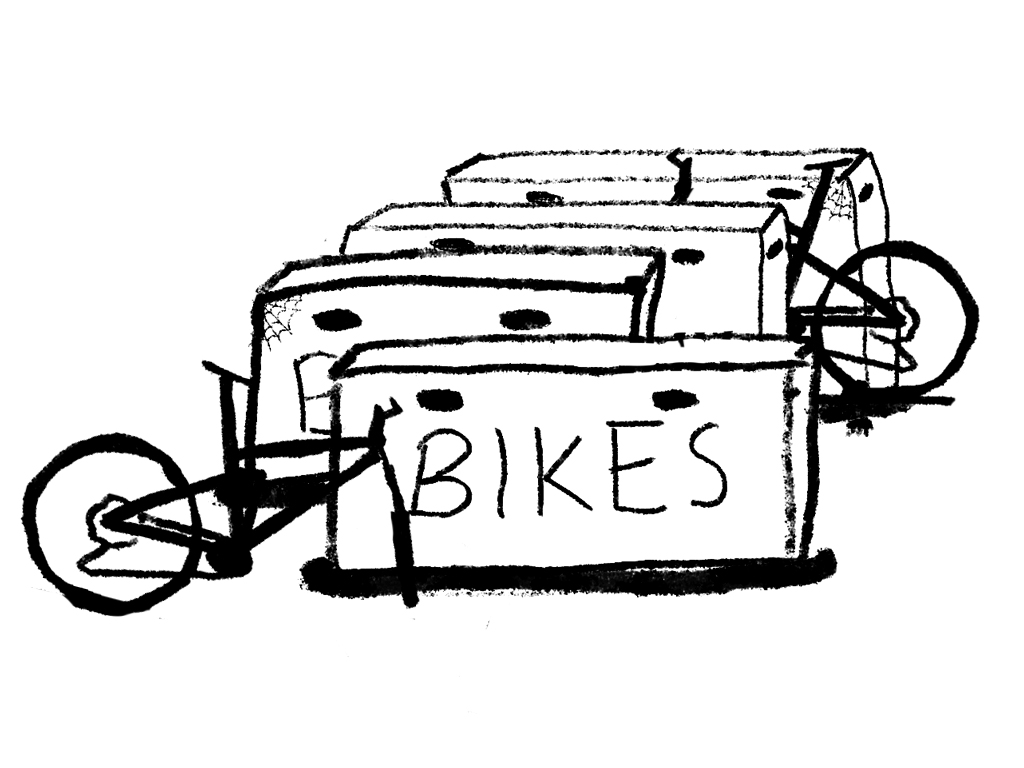
Many bike companies, especially larger ones with direct-to-consumer models, also invested heavily in customer service in recent years. Large concept stores, extensive test fleets and better customer support ensure a complete shopping experience. But to be honest, this was sorely needed, because nothing is more annoying than being on the phone for hours listening to the hold tone, only to wait half a year for your warranty claim to be processed. That’s why many brands have stepped up their customer service game, because if you have had a bad experience as a customer, you will simply go to the competition next time. Again, however, these are all things that ultimately make bikes more expensive.
So, while the prices were gradually increasing all along like a controlled burn, the Corona pandemic suddenly came along, pouring gasoline on the flames and turning it into a wildfire. Many factories had to close from one day to the next, manufacturers had major problems compensating for a dwindling workforce, and freight costs increased up to 20-fold. What did that lead to? A massive supply shortage and a huge struggle between manufacturers as they tried to secure the few available components. At the same time, the demand for bikes skyrocketed. Declining supply with increasing demand. Even without studying economics, we all know what that means: rising prices. Getting your hands on your dream bike suddenly seemed as likely as winning the lottery, and even if you were one of the lucky ones who got a bike, you had to pay a lot more than you would have a few months earlier. While some manufacturers benefitted from this situation, many others barely made it through the great shortage. Due to the fact that many bikes couldn’t be completed because certain components weren’t available, they couldn’t be shipped and ended up gathering dust in warehouses. Unfortunately, these incomplete bikes didn’t make the brands behind them any money, they just cost money, which was reflected in their balance sheets and put them under mounting pressure.
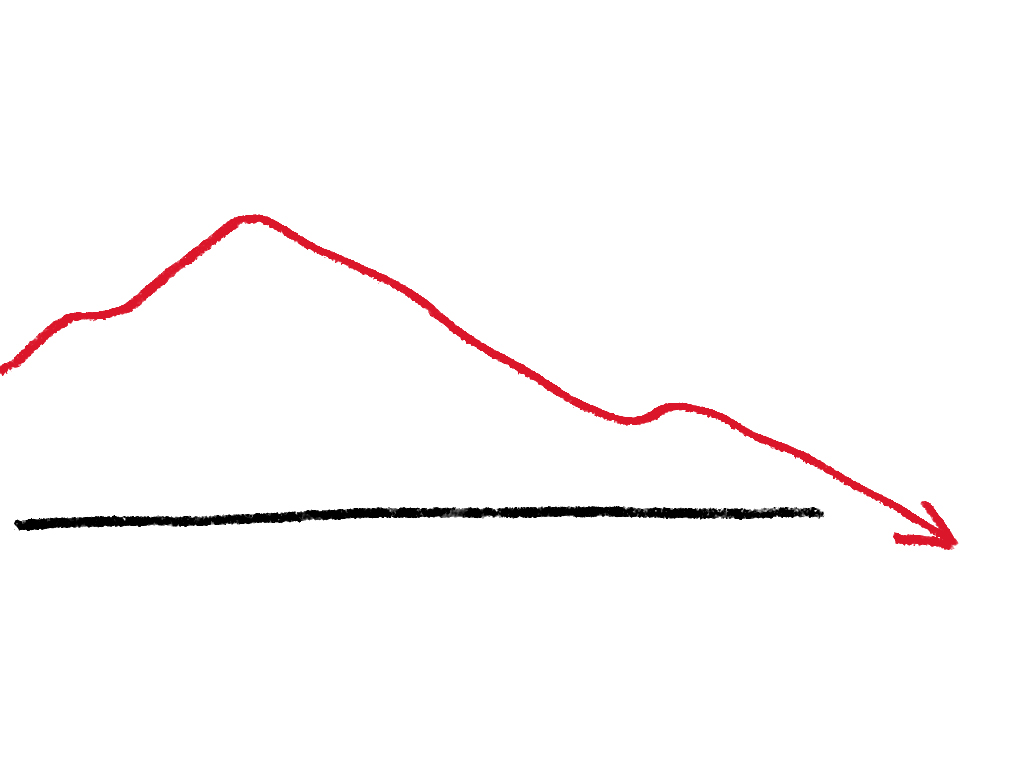
Houston, we have a problem! – Why are bike prices suddenly dropping?
So, why is it that many bike brands are suddenly offering discounts after this price increase roller coaster? It’s all down to a series of circumstances that are good for some and not for others. It starts with the fact that the situation for component and frame manufacturers has returned to normal. They can produce similar or higher quantities than before the pandemic and freight slots heading towards Europe or the USA are available at almost normal prices. Suddenly, almost everything is available again and many bike brands can finally complete the bikes that have remained in their warehouses as they waited for components to arrive. As such, companies are fully stocked up on bikes that can be sold, which isn’t necessarily something they want, but more on that later. The situation is similar for many dealers: they placed huge orders, because they assumed that they will only get about half of what they ordered and that demand for bikes will continue to boom. As it turns out, both assumptions were wrong. The expected demand just doesn’t match with reality. Now all the bikes they ordered are getting delivered, which they didn’t really expect. As a result, the bikes are piling up in the warehouses of bike brands and shops. What sounds like any rider’s dream is a business nightmare for the bike industry:
All that excess stock has been met with normalising demand. On the one hand, this has classic economics reasons – keyword “buyer confidence” – and on the other hand, it’s simply to do with the fact that the bicycle hype is running out of steam. Many who started riding during the pandemic have now got a bike and don’t necessarily feel the need to buy a new one or a second one anytime soon. Many are also going back to spending their money on holidays and travel instead. It’s again possible to pursue many other hobbies and leisure activities, for which you don’t need an expensive bike. There are fewer people getting into biking than before. So, we’re currently dealing with a huge supply of bikes and a low demand for them, ergo, prices must fall! The bikes must leave the warehouse, because the bike industry keeps developing new products, constantly releasing new models onto the market. For manufacturers who want to launch their new models, warehouses full of old models are a nightmare. This is where things get really good – for the buyers.
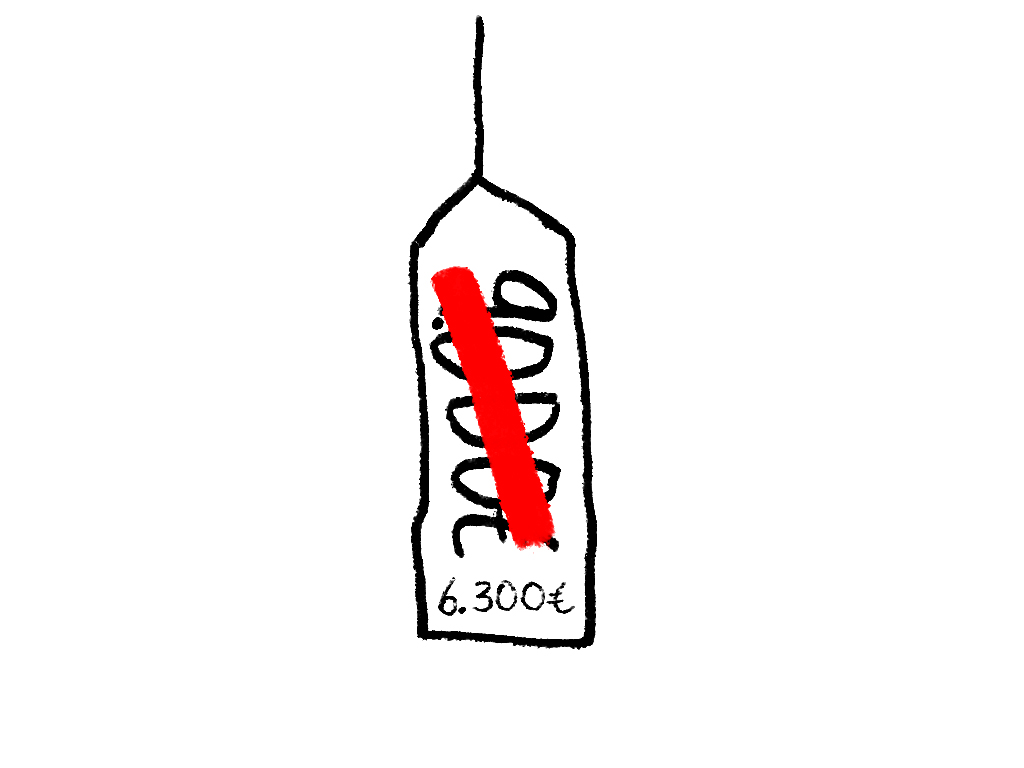
Give me more! – By how much are prices really falling?
As of March 2023, almost all brands are offering big discounts and having clearance sales. For example, the direct-to-consumer brand YT Industries are offering 25% discount on almost all bikes in stock. Propain also want to empty their warehouse. After hosting several factory sales at their headquarters on Lake Constance, where you could score massively reduced complete bikes, they’re now also offering a € 500 discount on all Tyee enduro models from € 4,000 in their configurator. And what about Germany’s other big direct-to-consumer brand? Unfortunately, the big Canyon sale with up to 30% discount on stocked bikes already ended on March 1st.
But it’s not just the direct-to-consumer brands that are dropping prices. Even classic brands like Specialised have cut back on their pricing policy. They’ve just announced that they will reduce the prices of almost all 2023 models by 20% and adjust the RRPs accordingly. For example, the Stumpjumper EVO Elite Alloy, which we praised for its downhill performance in our 2022 trail bike group test, now costs € 5,000 instead of € 6,400 – sounds fair.
In general, it is worthwhile just to browse around a bit. All classic online shops are currently offering a wide range of greatly reduced bikes – by more than 30% in some cases! Your local dealer will also have to lower prices to keep up with the competition.
But are these discounts bringing prices back to the level they were before the pandemic? It’s difficult to give a general answer here, but if you look at individual examples, you can see that prices are moving in that direction, at least. The grin-inducing Specialized Status 160, which was available for € 2,999 in 2020 moved up to € 3,700 during the peak, and is now available for € 3,300. In this case, the price drop doesn’t correspond to the price hike, but who knows how much further prices will drop… Another example we can look at is the Privateer 161. The small UK brand are currently giving an € 800 discount on all their bikes. Thus, the Enduro 161 is available for € 3,700, which is just € 300 more than it was at the beginning of 2020.
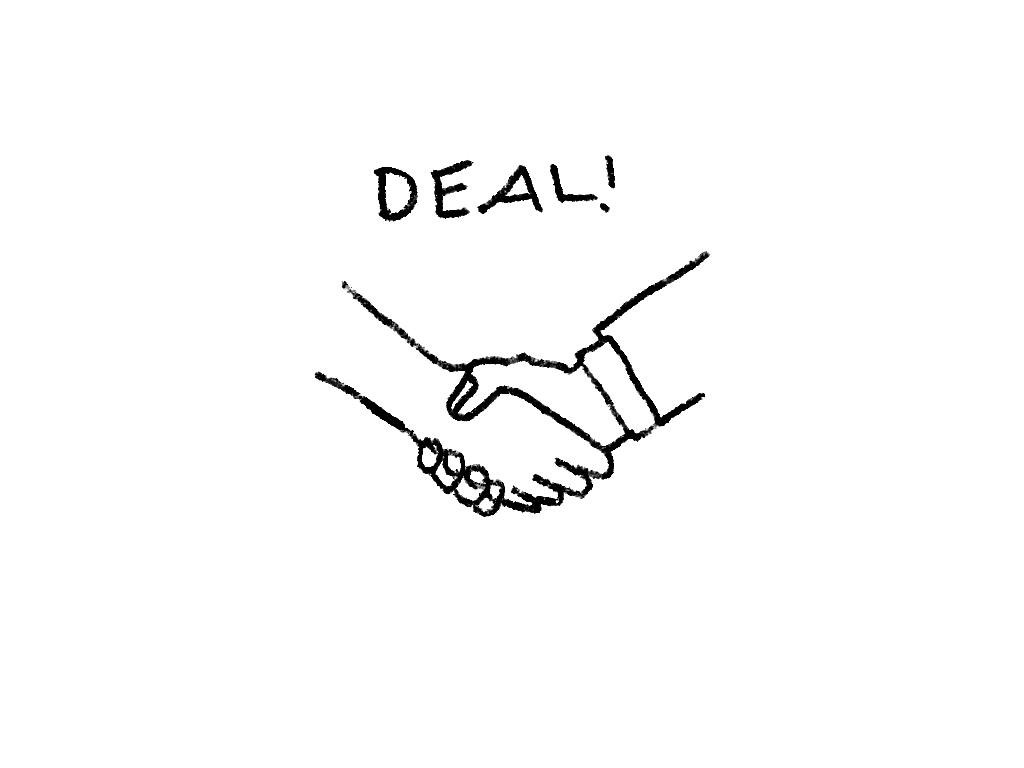
Deal! – Our tips for buying a bike
If you’re convinced that now is the time for you to grab the opportunity and buy a new bike, we urge you to keep calm. Just because bikes are on sale, you don’t have to run around like a headless chicken and throw your cash at the next best bike dealer somewhere in a dark alley. Firstly, the supply surplus should last for some time to come and secondly, you should be clear about what you actually want, and above all, what you need. A big hitter for the bike park? A light, sprightly trail bike? Or something in between? If you’re not quite sure which bike will suit you, we’ve got just the tool you need. Our interactive buyer’s guide will take you by the hand and show you what type of rider you are. Once you’ve figured out what kind of bike you want, you must also make sure that the complete package suits you. Just because the most expensive bike with the best components is going for 50% less doesn’t necessarily mean that it’s the one you should get. Lower end models often come with components that are easier for beginners to set up and enjoy instead of having to fiddle with a million different settings. The fact that affordable bikes can perform brilliantly has been proven in our budget group test. More advanced riders, on the other hand, should make sure that the components meet their requirements in terms of performance and adjustability. Riders with more specific requirements are in good hands with brands such as Propain or Orbea, thanks to their online configurators.

If you’re still not sure what bike you should get after completing our buyer’s guide, or you simply aren’t comfortable ordering online, we recommend visiting your local dealer. The friendly staff can advise you, answer any questions you might have, and help you get everything set up once you’ve made your choice. However, don’t let yourself get talked into anything: remember that the folks there can only offer bikes that they stock, which they obviously will try to sell. If you don’t see discounts and the salesperson doesn’t offer any, be sure to ask and bargain a little. You will see that most shops are very open to the possibility right now. And let’s be honest – you won’t get more bargaining power than you have right now.
If you know what you want and need, go for it! Your dream bike will most likely be back in stock and it might even be reduced. What are you waiting for?
Now is an excellent time to buy a bike. It’s impossible to predict whether things will get even better for potential buyers: we’ll just have to wait and see. In any case, the prices are falling, and the supply of bikes remains significantly higher than demand. If you know exactly what you want and need, and make sure to look for a bike that meets those needs, now might be the perfect time to find your dream bike at a bargain price.
Did you enjoy this article? If so, we would be stoked if you decide to support us with a monthly contribution. By becoming a supporter of ENDURO, you will help secure a sustainable future for high-quality mountain bike journalism. Click here to learn more.
Words: Felix Rauch Photos: Julian Lemme



